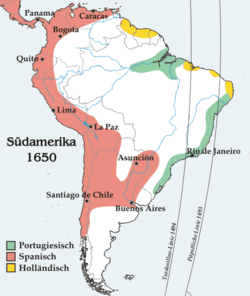The delegation to Chateau Ripaille to inform Amadeus that he was the Council of Basel's choice to be the next pope included a man named Enea Silvio Bartolomeo Piccolomini. He was secretary to one of the Council of Basel members, the Bishop of Fermo, Domenico Capranica. (Domenico was interested in Basel because Pope Eugene IV had refused to make Domenico a cardinal.) Piccolomini became secretary to the new pope.
Officially, Amadeus is considered an antipope, Felix V, and his decisions had little effect on the Roman Catholic Church. Going to Basel to meet with the Council there and accept the position, he used Basel originally as his base of operations. The Council was seeking to reform the structure of the Church, and Felix ordered the Alma universitas studii curiae Romanae, the "Universal School for the Study of the Roman Curia" in 1440, which 20 years later would become the University of Basel, formalized by Pope Pius II.
There was another pope, Eugene IV, who had been crowned by Holy Roman Emperor Sigismund. Sigismund had allowed the Council of Basel to form, granting safe conduct rights to all those traveling to it. He had been succeeded by Emperor Frederick III, who in 1447 canceled the safe conducts. Frederick ordered the burgomeister of Basel to disperse the members of the Council. They all moved to Lausanne to join Felix and create a papal headquarters there.
When Pope Eugene IV died in 1447, the College of Cardinals in Rome elected Tommaso Parentucelli as Pope Nicholas V. Both popes wanted to come to a settlement of the dual papacies. At a session in 1449 of the Council of Lausanne, Felix agreed to give up his title. The Council of Lausanne voted to accept Nicholas V as their pope as well.
What to do with Amadeus VIII? He was made Bishop of Sabina and a cardinal. He did not have long to enjoy the title and the life with less pressure. He died on 7 January 1451 and was buried at Ripaille, the chateau to which he had originally retired from political life to live as a monk.
Felix V's secretary, Piccolomini, had an interesting background, and became a pope himself, Pius II! Let's take another look at him next.








